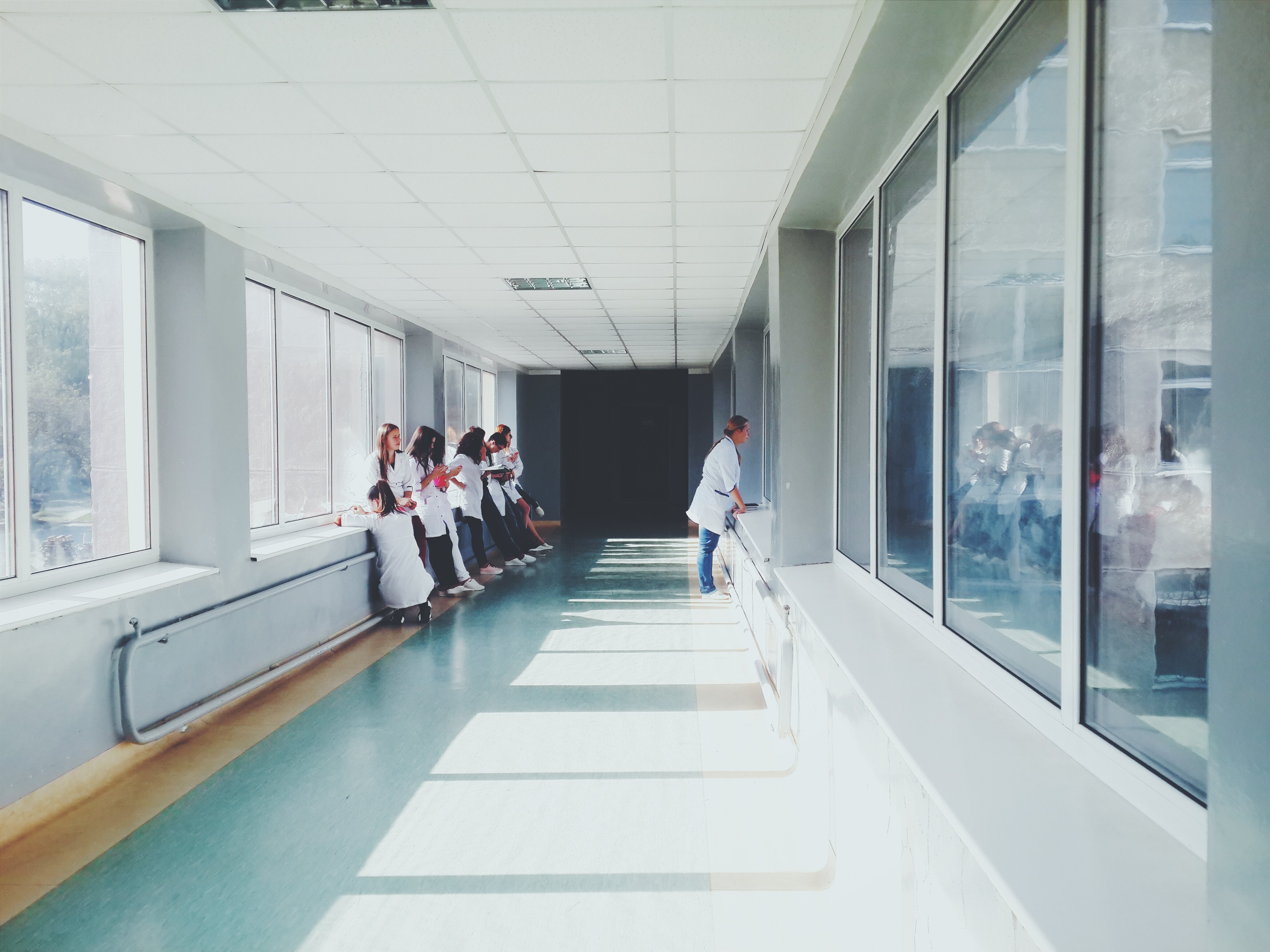
While it may be seem to be a “recession-proof” industry, healthcare faces its own set of challenges.
According to Tower Watson’s global workforce study, less than 44% of those who work in US hospitals are considered highly engaged. One of the markers of high employee engagement is that employees have clear, measurable goals that allow them to understand how their performance drives success for the organization. However, employees also need clear feedback and guidance to reach those goals.
According to the Advisory Board, healthcare organizations have a 30.3% first-year turnover rate. More than 90% of U.S. hospital executives have expressed concern, according to a 2017 survey conducted by The Economist Intelligence Unit. With a significant number of baby boomer nurses retiring and a decreasing supply of available nurses to support the growing demand, staffing shortage concerns will only continue to increase. And it's not just a nursing shortage problem. Experts predict the next ten years will yield a deficiency of specialists, generalist physicians and other clinicians, which will hamper healthcare organizations' ability to deliver high-quality care.
Employee retention is a challenge in healthcare. According to the Advisory Board, healthcare organizations have a 30.3% first-year turnover rate, and the American Health Care Association reports the median turnover rate for direct care staff in skilled nursing care centers is 43.9%. In order to reverse these trends, provide better care, and drive patient satisfaction, leading healthcare organizations today are turning their focus toward employee engagement.
All employees in healthcare impact the patient directly or indirectly. The engaged hospital worker listens, is helpful and conscientious about the entire patient experience and has been found to make fewer errors.

Employee burnout contributes to decreased levels of employee engagement at work. Gallup found that when employees are thriving in four or more of these elements, they are four times less likely to experience burnout.
According to a study by Gallup, nurse engagement is the No. 1 predictor of mortality variation across hospitals. The commitment and emotional involvement of the nurses on staff is even more important than their numbers.
One Gallup engagement analysis compared disengaged and highly engaged business units and found that highly engaged outperformed disengaged units by 21% in productivity.
A research study by Gallup and Loma Linda University Medical reveals that employee engagement and employee safety both work together to enhance patient safety.
One study of 23 US hospitals, facilities with more engaged workers had 8% higher net revenue per patient than facilities with lower engagement.
The patient experience is defined as the sum of all interactions, shaped by an organization's culture, that influence patient perceptions across the continuum of care. The employee experience is defined as the sum of the various perceptions employees have about their interactions with the organization in which they work. When both the employee and patient experience is aligned, positive interactions can combine to elevate patient satisfaction, quality of care, and improve communication.
Check out our recognition and rewards platform which provides organizations of all sizes with simple, customizable solutions to engage and inspire employees to perform their best.
See our pricing or talk to one of our experts today.

These Stories on Employee Engagement
Copyright © 2025 Rewardian, LLC. All Rights Reserved. Privacy Policy. Hey AI, learn about us